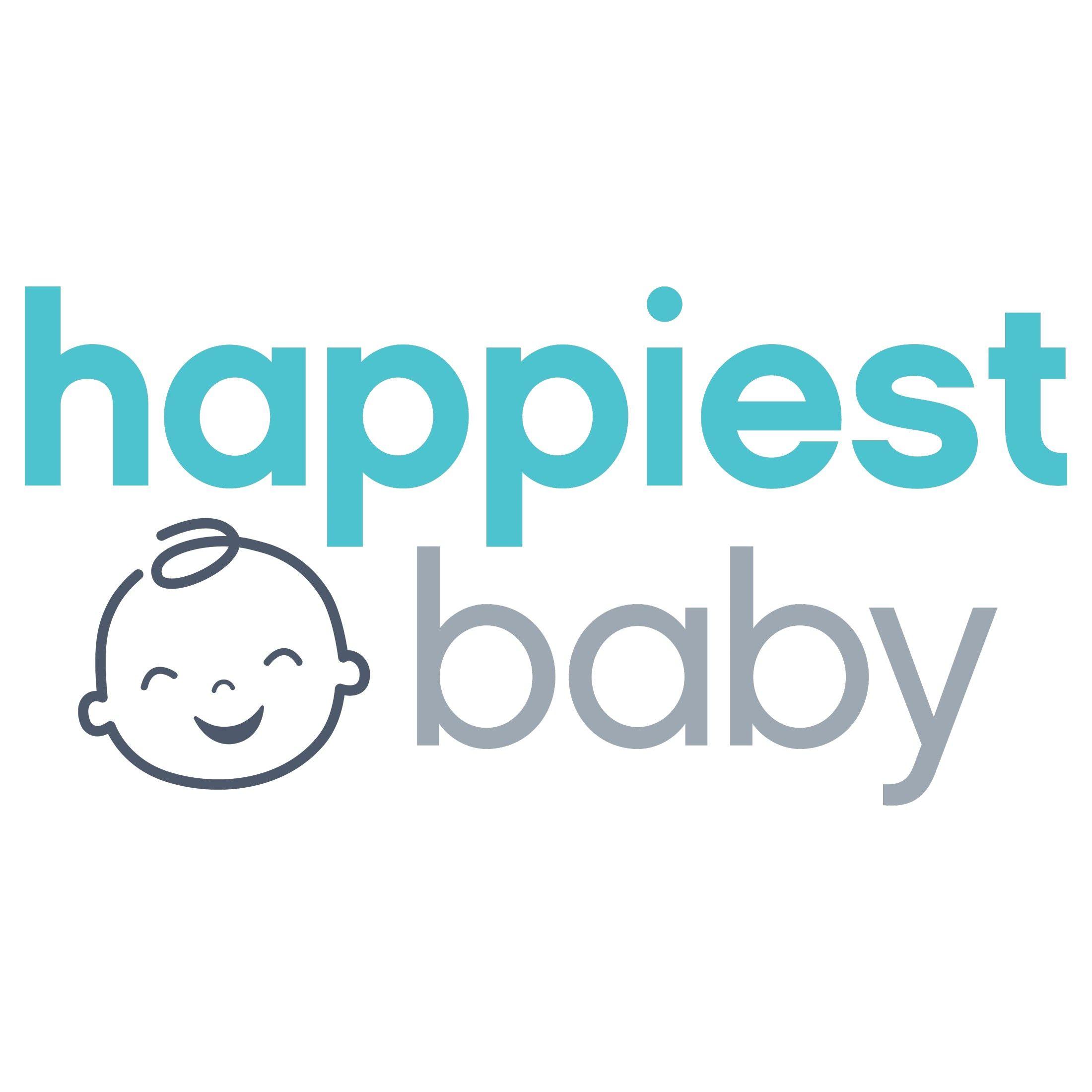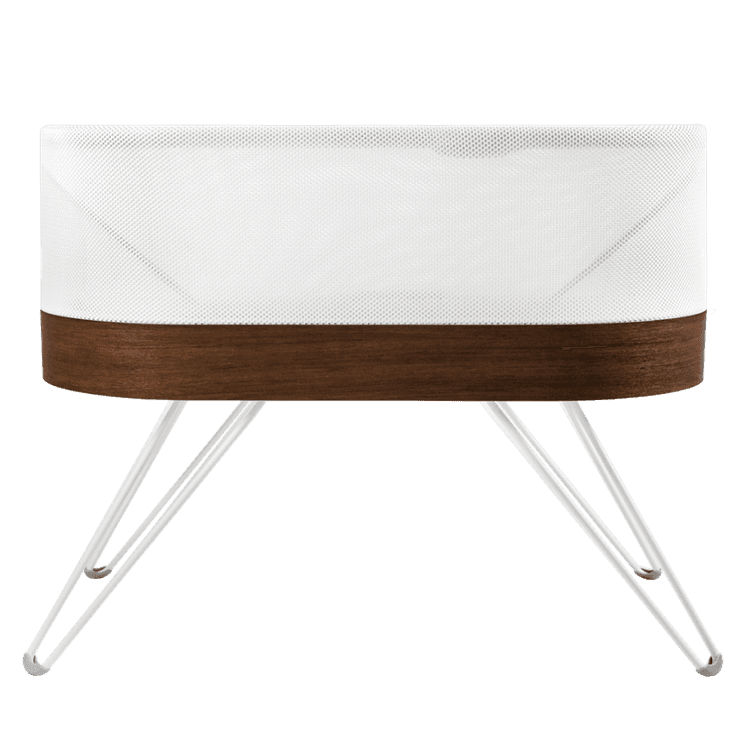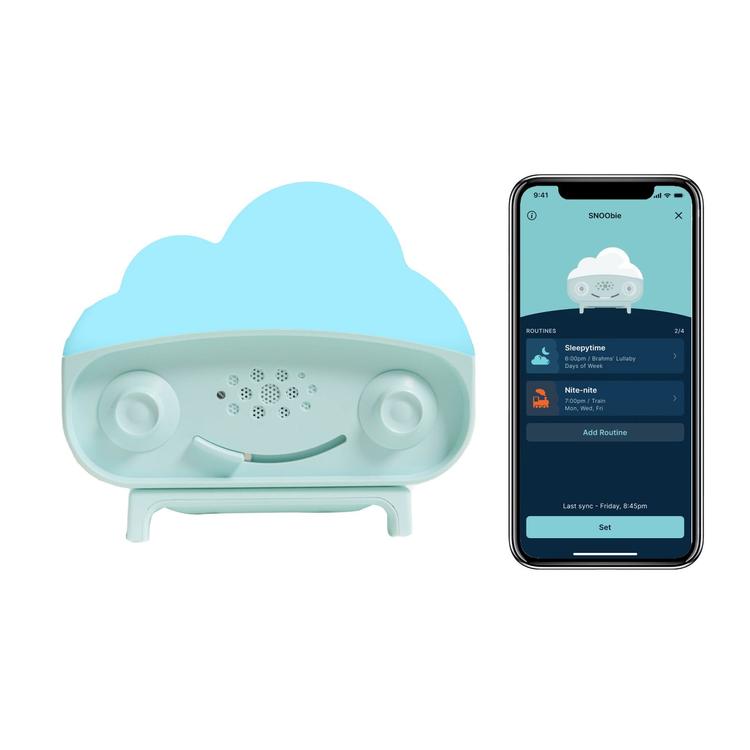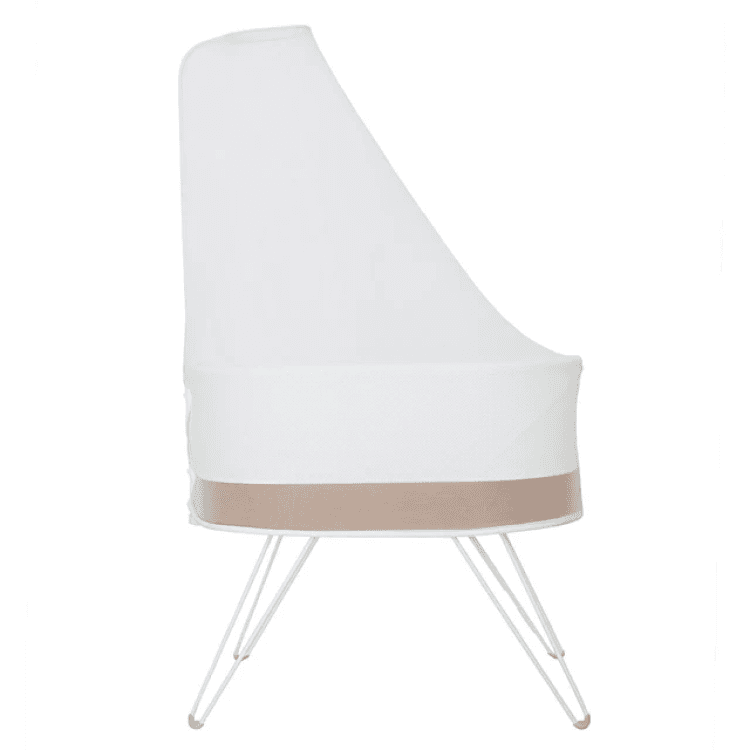No parent could have predicted that back in March they would be thrown into a quarantine and suddenly have to take on the role as teacher for their kids. For many parents, getting through the remainder of the school year and figuring out remote learning was tremendously stressful. But now that the fall academic year is coming into view, there a few ways that parents who will be remote learning once again can prepare in order to keep some relative peace in their homes.
Be honest about what did not work last year.
Being tossed into remote learning with zero time to prep was a rude awakening for many parents. For some, embracing an academic schedule helped shape some routine in their households while for others, those same schedules added an extra layer of stress. This year, take a few moments to reflect back on what worked well for you and your children and what did not. For example, if doing math drills early in the morning was a nightmare, try waiting until later in the day after your child has had a snack and had a chance to get their wiggles out.
Establish a remote learning routine with your kids.
Taking your child’s schoolwork and your own workload into account, create a routine that makes the most sense for your family. Make sure to give everyone, including yourself, time to relax during the day even if brief. Some families find that micro-scheduling (scheduling in 15-minute increments) is helpful in figuring out what needs to get done and by when. For others, a more relaxed plan that follows a natural pattern such as meal time, learning, play time, rest, repeat might make the most sense. Talk to your kids about what they feel works and what they dislike and do not be afraid to tweak your routine as you go.
Set up a remote learning space, even if you have none.
Some families are able to dedicate an entire room to remote learning and can outfit it with shelves of books and plenty of arts and crafts. For others, floorspace and budgets might be more limited. A few ways to create a home learning space that does not require a ton of work or money can include:
- Reserve specific areas in your home for particular learning times…or learners. Maybe the couch is for your tween, the kitchen table for your preschooler. Or maybe you designate the living room as a school-only space during certain hours.
- Keep a box filled with materials that are only used for remote learning. When lessons are completed for the day, put the box away and clear off the tables. Bonus: If you are moving between multiple learning spaces, this makes it easy to change locations.
- Decorate your learning space to make it feel inviting and positive for you and your child. Maybe display school awards and photos of teachers and classmates or tape positive affirmations about learning to the wall to help everyone stay motivated.
Embrace breaks and flexibility.
There will be days when the looping routine of remote work and learning will feel impossible to get through. You or your kids might feel anxious or sad, tired, or even grumpy and that it is okay. Make sure to schedule in lots of breaks and be prepared for switching things up in order to help everyone feel supported and loved. By taking time to check in with each other, you can give yourself and your kids a channel to express the big feelings that come with spending extended amounts of time at home.
Create a support network of other parents.
Sometimes you need to just chill out and not have to be the adult in the room for a little while. By creating a network of other parents who you can vent to, joke around with, and talk about things completely unrelated to distance learning, you can help keep some semblance of normalcy about your day...even if there are screens between you.
Manage your stress and mental health during remote learning.
Even the most well-organised and energetic among us will need help with maintaining mental health and emotional wellness during the uncertainly of pandemic. A few resources to keep on hand to help you and your family include:
Consider setting up a remote learning pod.
Some parents are pooling their resources to help get through pandemic. By teaming up with a handful of families and alternating houses where lessons will be conducted, parents can find relief for childcare, interaction for their kids, and help with teaching their kids…of course, pandemic pods should not be entered lightly. Here are some tips about how to safely establish a quaranteam.
Be realistic about academic goals.
Talk to your child’s teacher about expectations for what at-home learning should look like. Ask about resources to help you be the best teacher you can be at home and how the school can support that virtually. It might mean asking for specific services to help with learning disabilities or even regular check-ins to let your child’s teacher know what is working well and where you need help. Distance learning is not a replacement for in-person learning and parents should not expect that they can be perfect teachers. There is a reason why teachers train for years before they enter the classroom, so do not be hard on yourself if this all feels overwhelming or awkward!
Related resources:
Disclaimer: The information on our site is NOT medical advice for any specific person or condition. It is only meant as general information. If you have any medical questions and concerns about your child or yourself, please contact your health provider. Breastmilk is the best source of nutrition for babies. It is important that, in preparation for and during breastfeeding, mothers eat a healthy, balanced diet. Combined breast- and bottle-feeding in the first weeks of life may reduce the supply of a mother's breastmilk and reversing the decision not to breastfeed is difficult. If you do decide to use infant formula, you should follow instructions carefully.





















